The crypto derivatives market is undergoing a quiet revolution. While spot trading volumes remain stagnant, decentralized perpetual futures exchanges — known as “Perp DEXs” — have emerged as the most competitive corner of decentralized finance.
What Are Perps?
Perpetual futures, or perps, are derivatives that allow traders to speculate on crypto asset prices with leverage — but unlike traditional futures, they have no expiry date. The mechanism relies on a funding rate system that keeps contract prices close to spot levels. This structure allows traders to hold positions indefinitely, fueling both liquidity and volatility across the sector.
A New Arms Race Among DEXs
Over the past quarter, a handful of on-chain exchanges have drawn investor attention with eye-catching volumes and generous airdrops. Hyperliquid, Aster, and Lighter have become the frontrunners in what some traders are calling the “Layer-2 Perp Wars.”
According to Blockworks, Hyperliquid’s open interest has surged past $13.1 billion, while Lighter — which recently launched its Ethereum-settled zk-perp mainnet — has already reached $1.37 billion in open interest. Aster, backed by the Binance ecosystem, remains smaller in absolute size but is gaining traction through incentive-driven trading and tighter fee spreads.
Despite market churn, liquidity concentration has shifted rapidly. Hyperliquid’s dominance, once above 56%, has fallen to roughly 40% as newer entrants replicate its high-performance matching engine and on-chain order books.
Why the Shift Is Happening
Two structural forces are driving the boom. First, airdrop speculation has become the new retail on-ramp. Billions of dollars in token rewards have been distributed to early users, effectively turning DeFi usage into a form of yield farming. Second, advances in Layer-2 scaling and zero-knowledge proof technology have cut transaction costs enough to make perpetual trading viable on-chain — something unthinkable just two years ago.
The result: DEX perps now rival centralized giants like Binance and Bybit in daily notional volume. According to DeFiLlama, decentralized perpetual trading exceeds $15 billion per day, up nearly 70% year-to-date.
The Regulatory Edge — and Limits — in Korea
South Korea remains one of the world’s most active crypto markets, but domestic exchanges are barred from offering derivatives under the country’s Virtual Asset User Protection Act, which took effect in July 2024.
As a result, Korean traders seeking leverage have migrated to offshore DEXs, often using DeFi wallets or VPNs. Despite official warnings, the appetite for leveraged exposure hasn’t waned.
Analysts note that Korea’s fintech regulators are watching on-chain derivatives closely. The Financial Services Commission has hinted that a future sandbox program for regulated digital derivatives could emerge if investor protection frameworks mature.
Outlook
Perp DEXs are evolving into the next battleground for decentralized finance. With deep liquidity, high-frequency strategies, and token incentives, they’re reshaping how leverage operates in the crypto economy. The next twelve months will likely determine whether these platforms remain niche trading arenas — or become the decentralized counterparts to Wall Street’s futures exchanges.








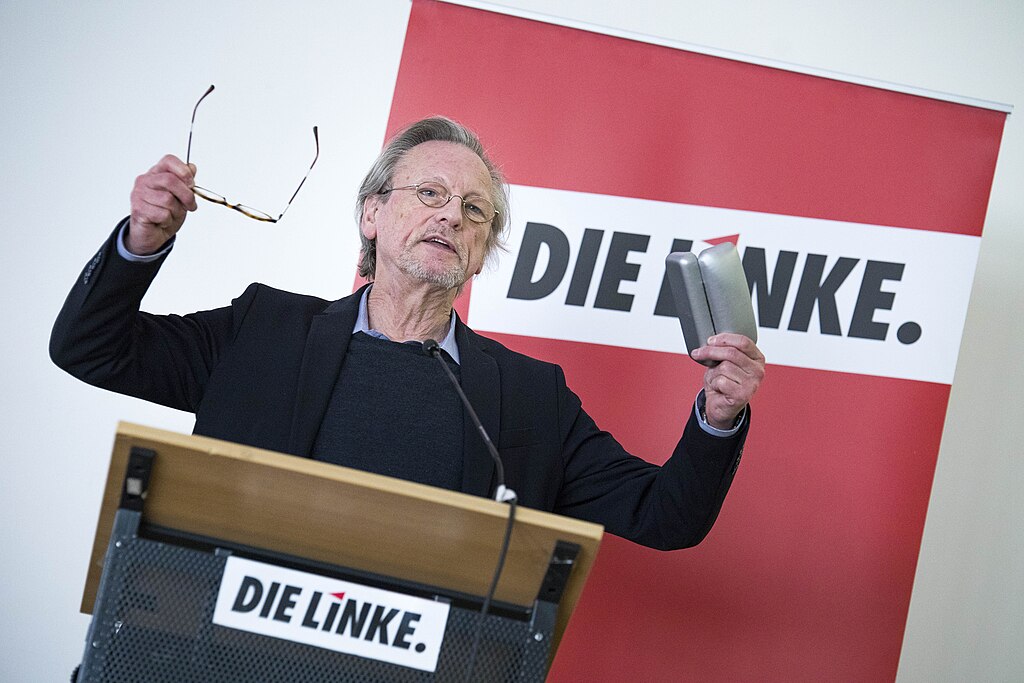
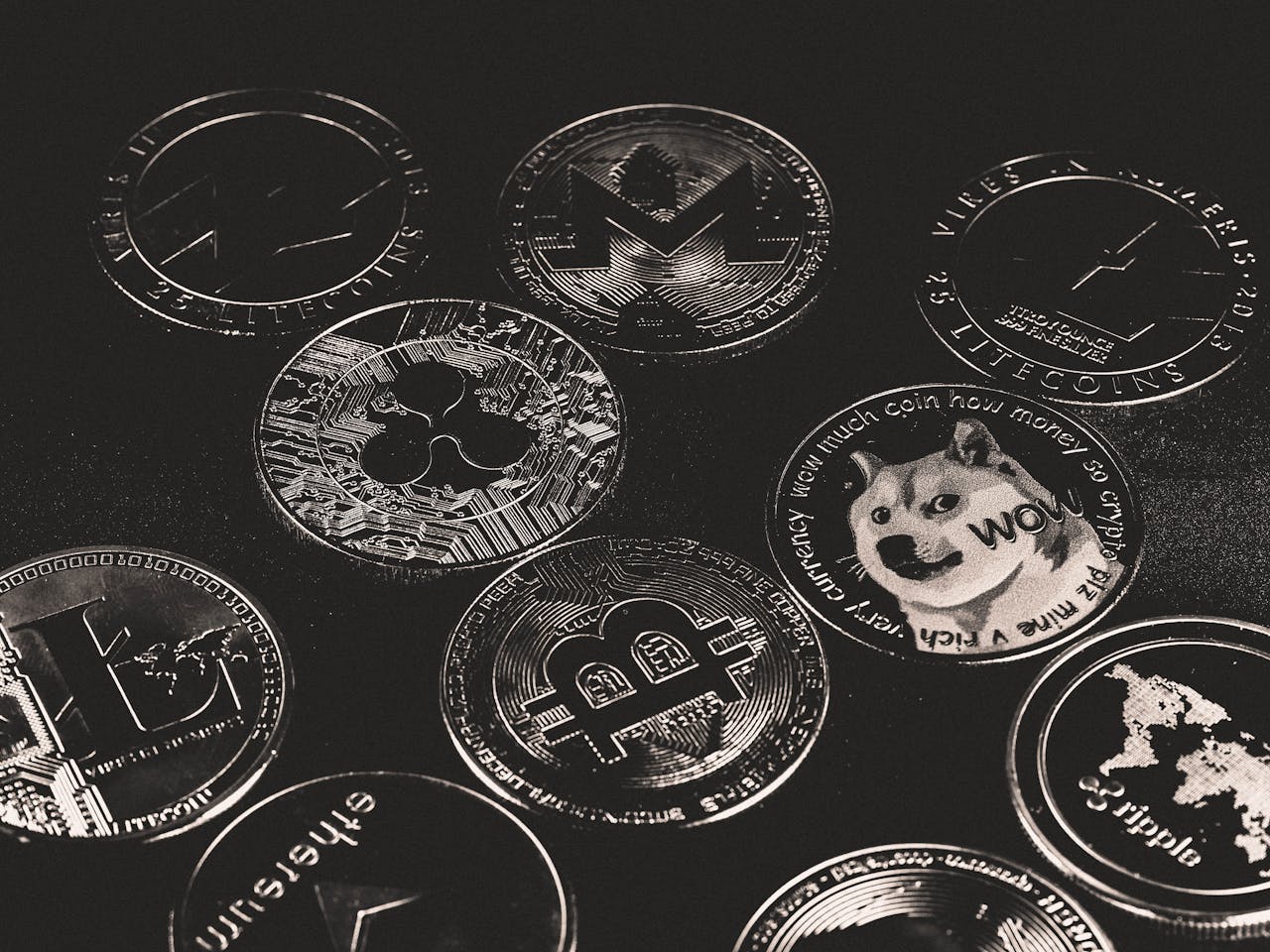


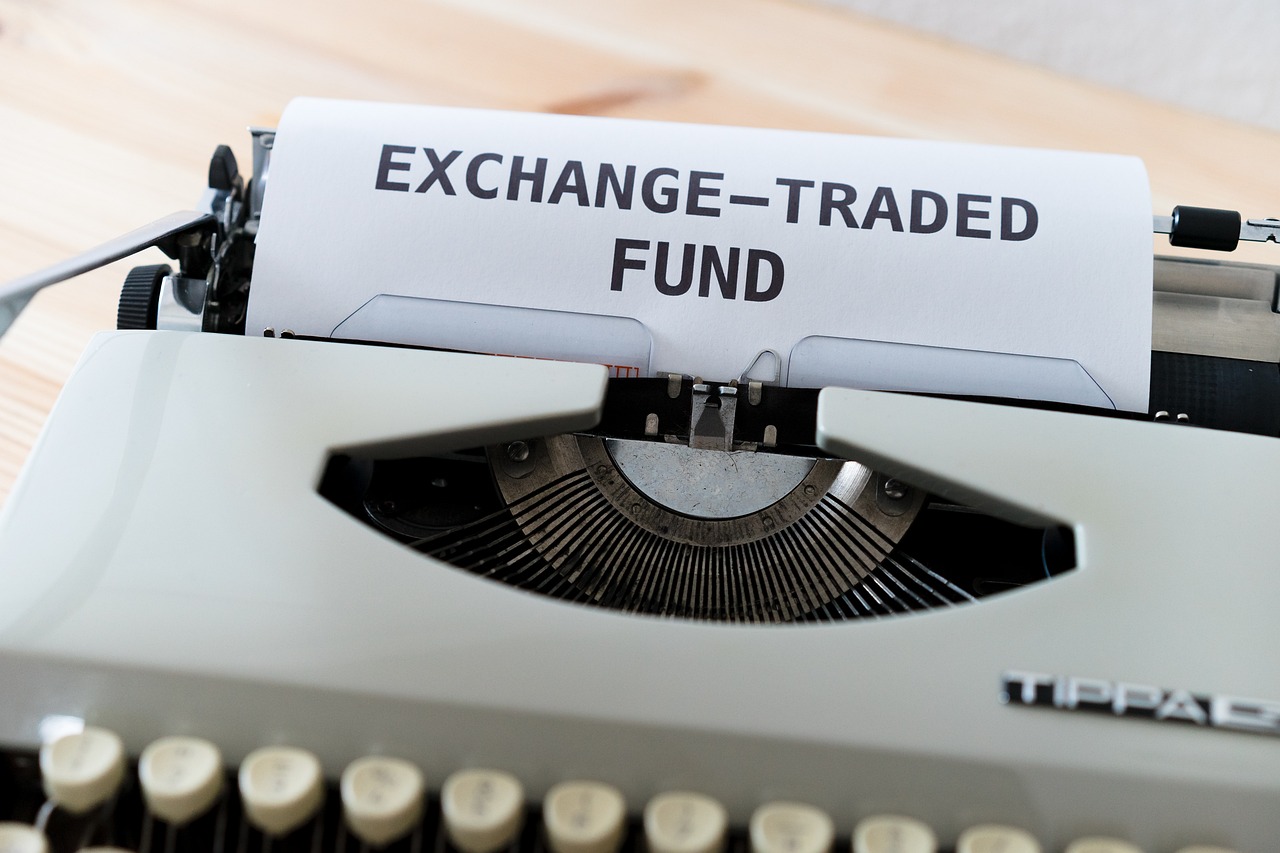

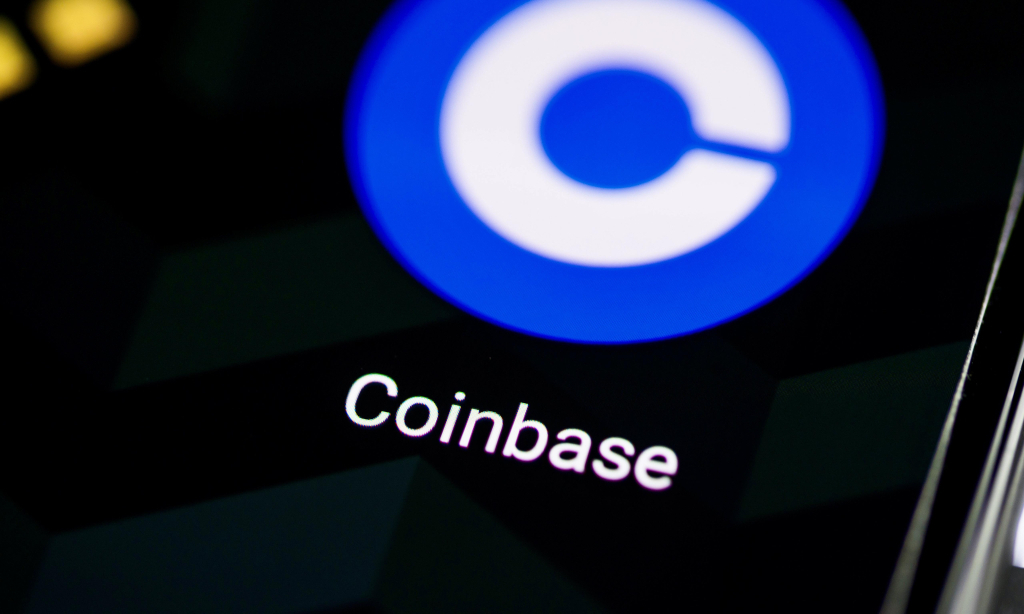

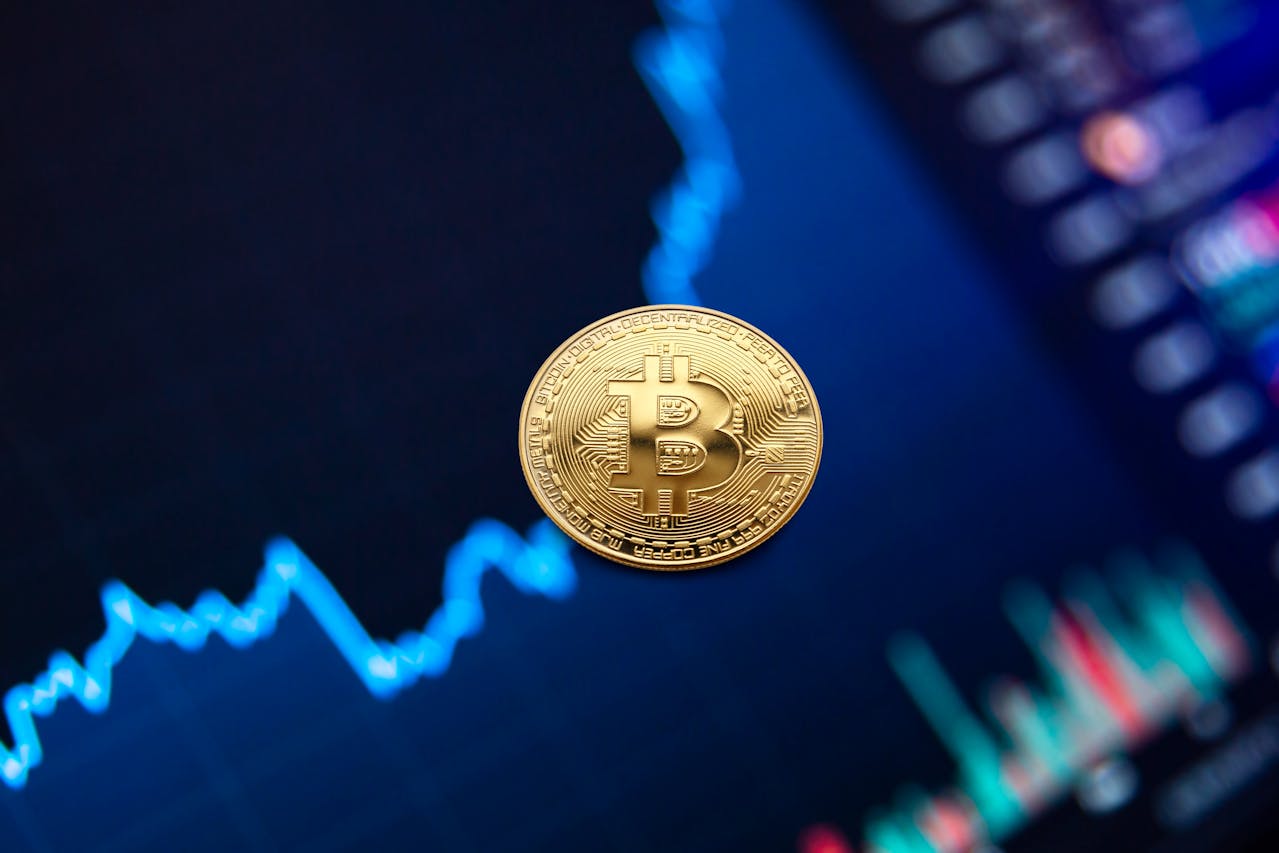



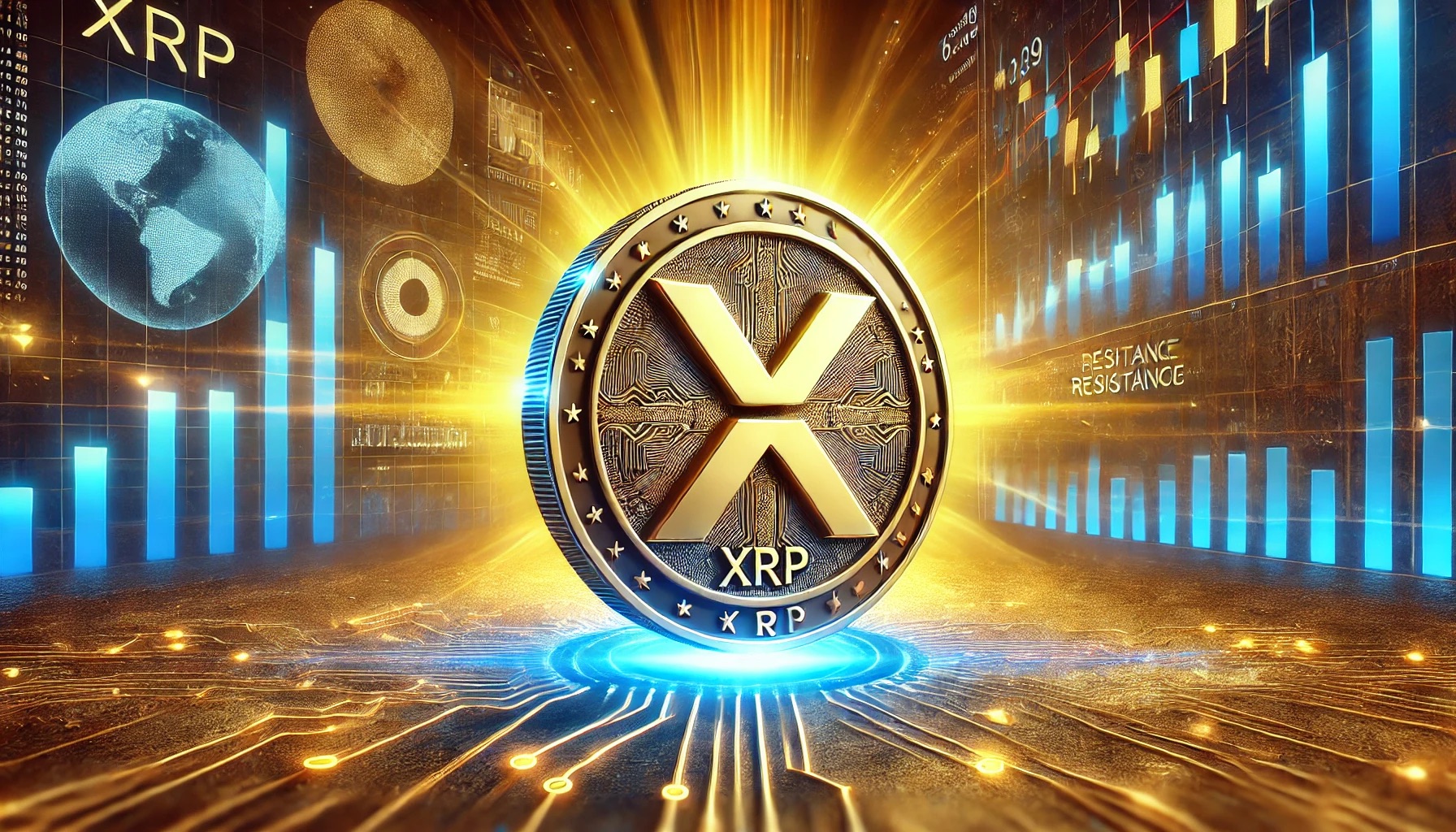

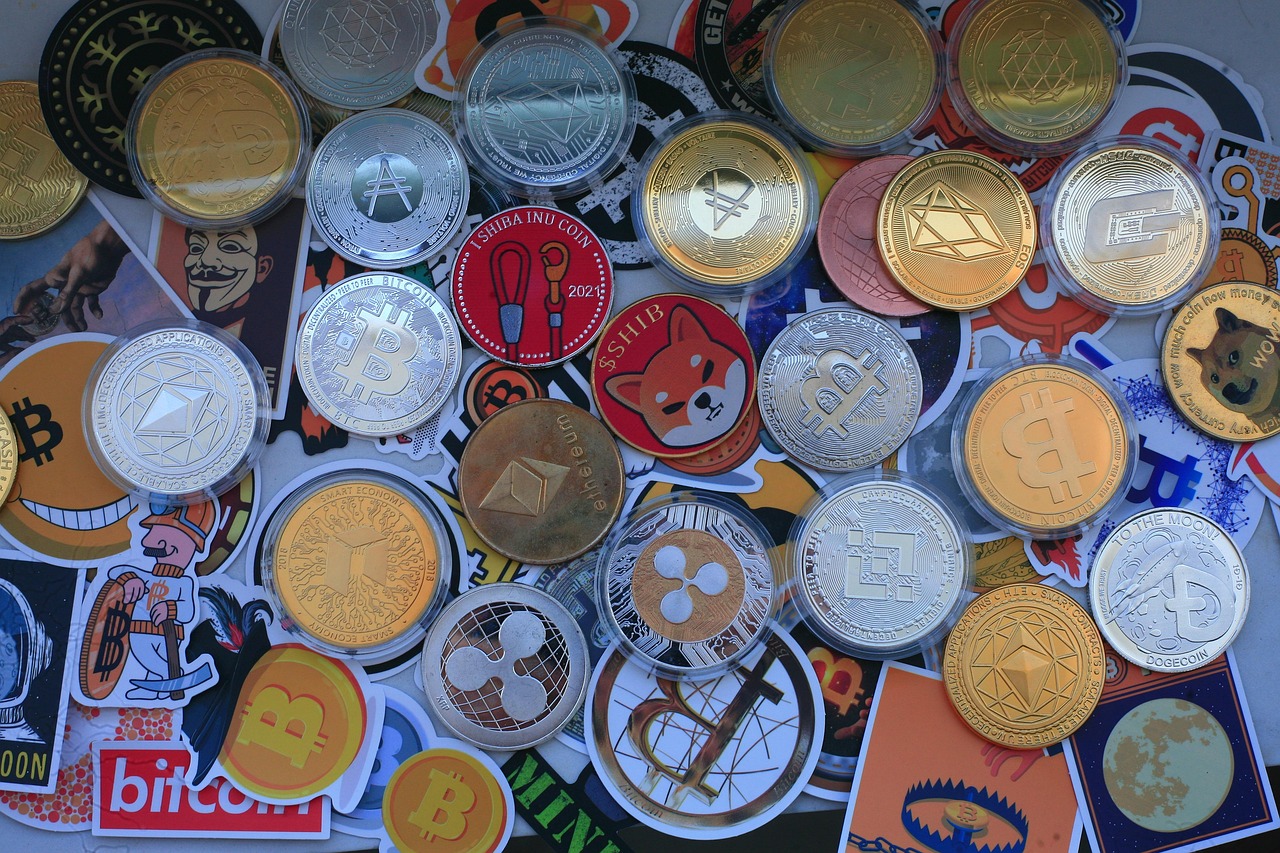

Comment 0